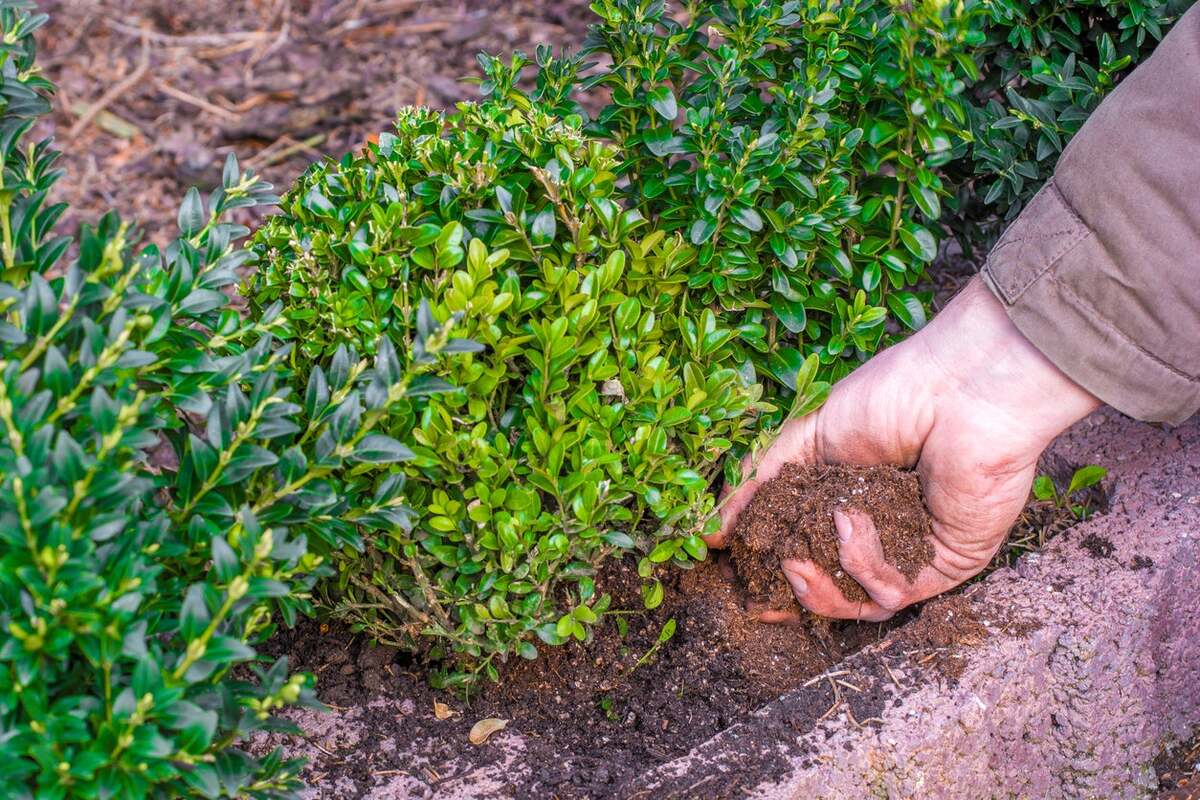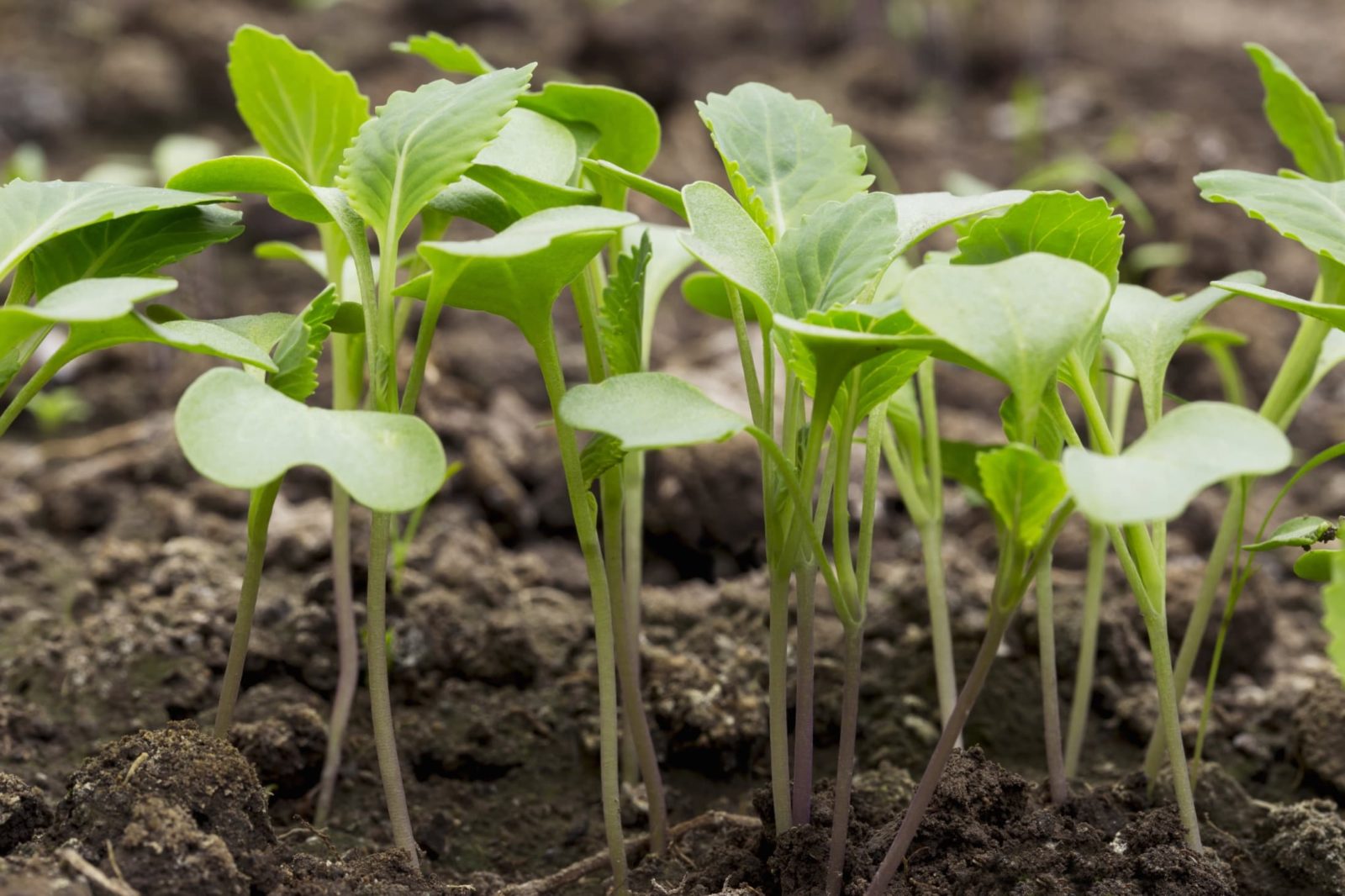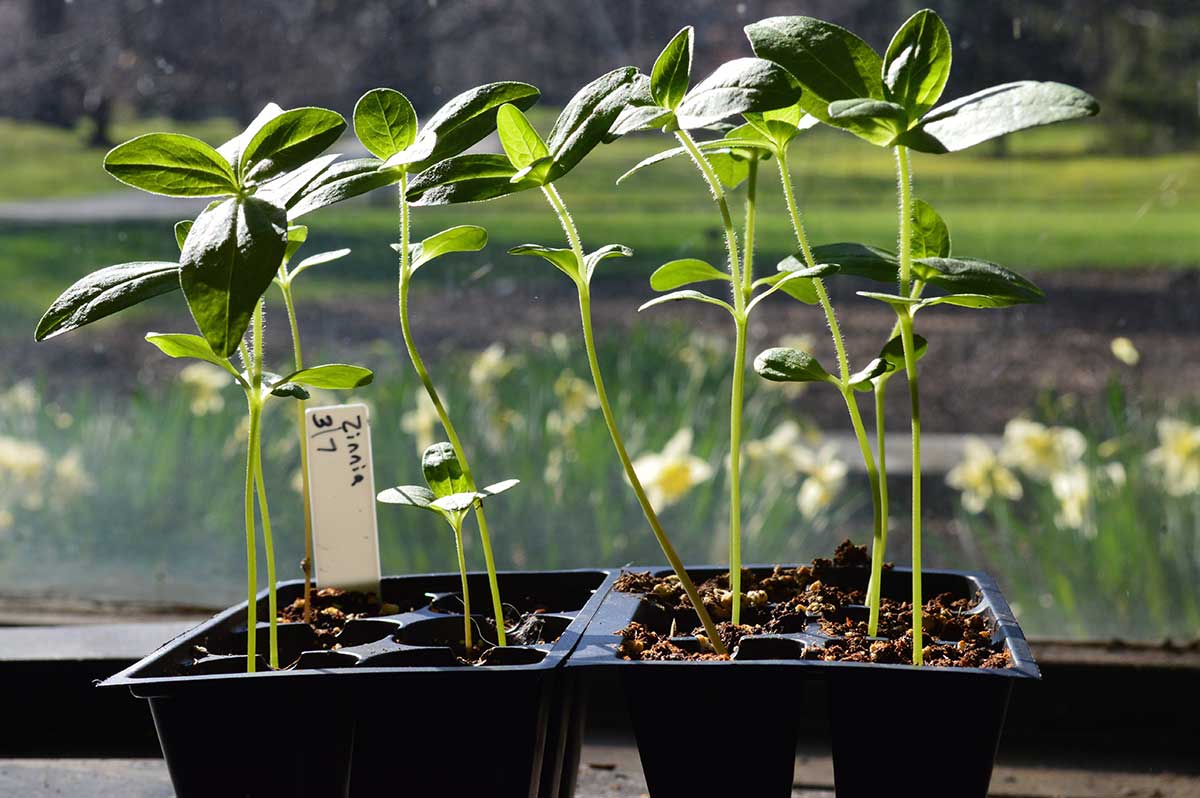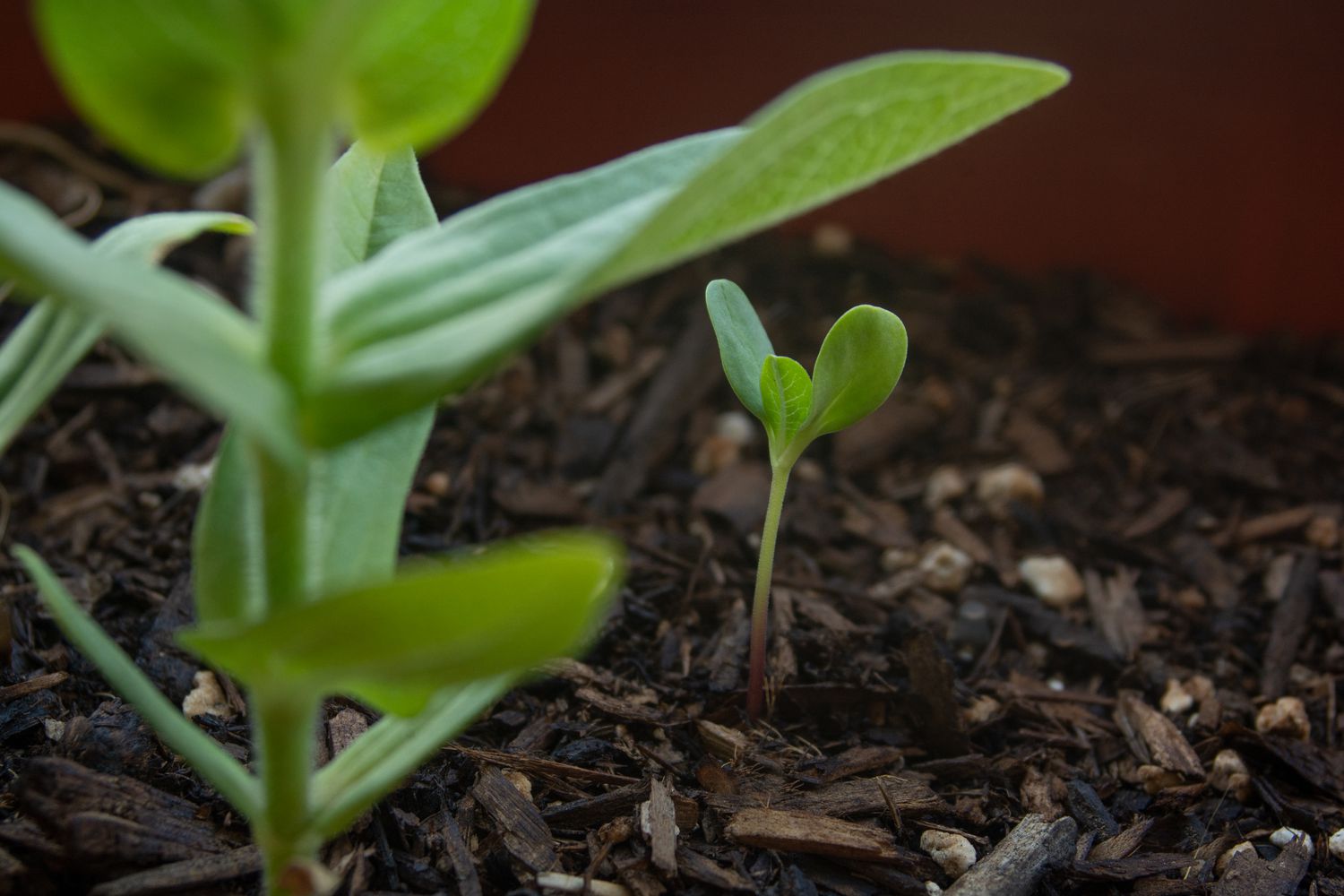Home>Types of Gardening>Ornamental Gardening>How Deep To Plant Zinnia Seeds
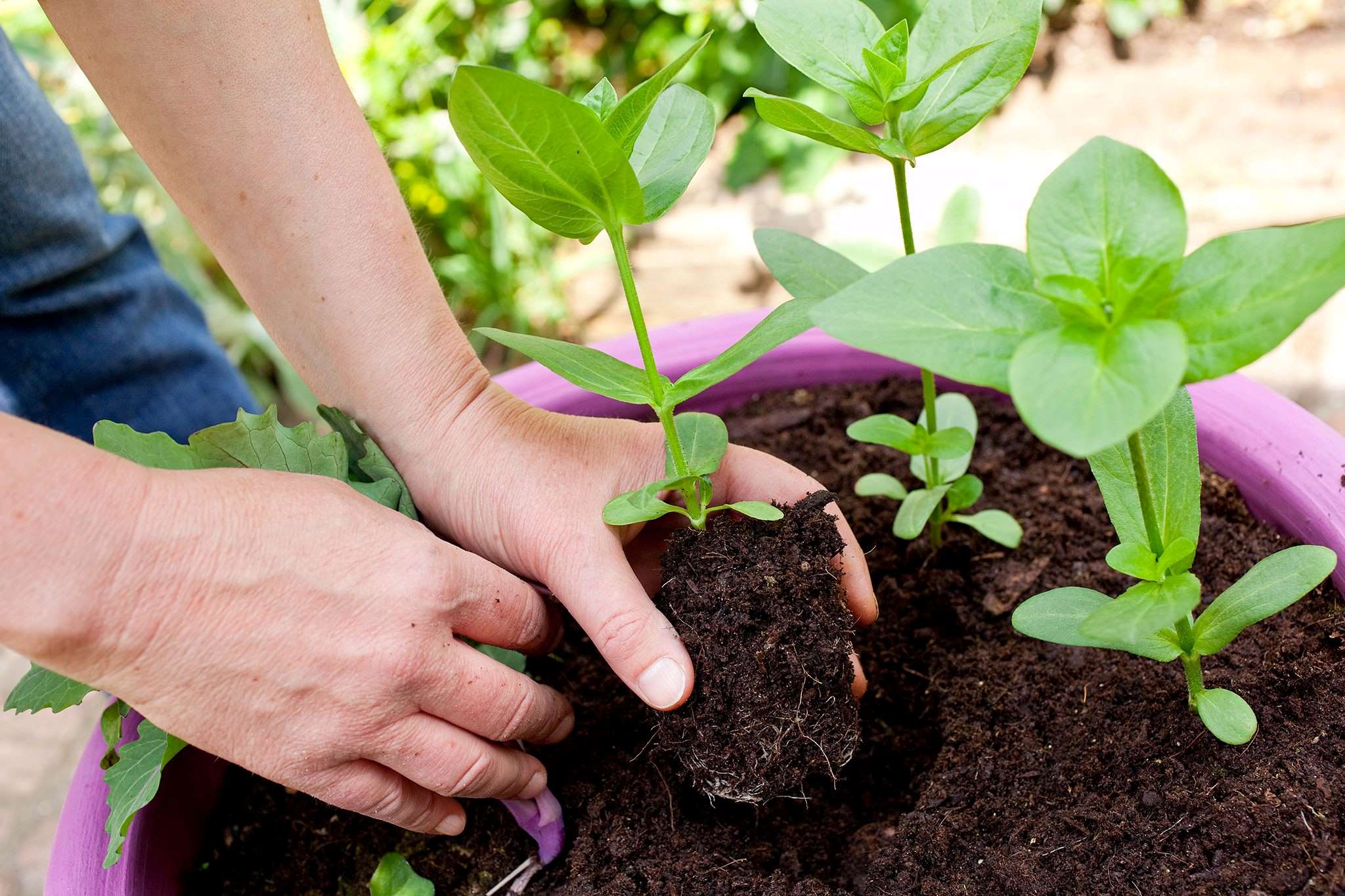

Ornamental Gardening
How Deep To Plant Zinnia Seeds
Published: September 14, 2023
Learn the optimal planting depth for zinnia seeds in your ornamental garden and ensure successful growth. Expert tips and tricks for beautiful blooms!
(Many of the links in this article redirect to a specific reviewed product. Your purchase of these products through affiliate links helps to generate commission for Chicagolandgardening.com, at no extra cost. Learn more)
Table of Contents
Introduction
Welcome to the world of ornamental gardening! If you’re looking to add vibrant color and beauty to your garden, then planting zinnia seeds is a perfect choice. Zinnias are popular annual flowers that come in a wide variety of colors, shapes, and sizes. These cheerful blooms can instantly brighten up any outdoor space, making them a favorite among gardeners. However, to ensure the success of your zinnia plants, it’s crucial to understand the proper depth for planting their seeds.
Planting zinnia seeds at the correct depth is essential for their germination and subsequent growth. A common mistake that many gardeners make is either planting the seeds too shallow or burying them too deep in the soil. The correct depth allows the seeds to reach the necessary moisture and nutrients while preventing them from drying out or being suffocated by excess soil.
In this article, we will explore the factors to consider when planting zinnia seeds, the ideal depth for planting them, and the step-by-step process for achieving the perfect planting depth. By following these guidelines, you’ll give your zinnia seeds the best chance for successful growth and a beautiful display of blooms in your garden.
Factors to Consider When Planting Zinnia Seeds
Before diving into the specific depth for planting zinnia seeds, it’s important to consider a few factors that can influence the success of your plants. These factors include soil preparation, climate, sunlight, and spacing.
The first factor to consider is soil preparation. Zinnias thrive in well-draining soil, so it’s essential to till the soil and remove any weeds or debris before planting. Additionally, incorporating organic matter, such as compost, can improve the soil’s fertility and water retention, providing a favorable environment for zinnia seed germination and growth.
Climate is another critical factor to keep in mind when planting zinnia seeds. These flowers prefer warm temperatures and can be sensitive to frost. Therefore, it’s best to wait until after the last frost date in your area before sowing the seeds. This will ensure that the soil is warm enough for germination and reduce the risk of cold damage to the young seedlings.
Sunlight is crucial for zinnias to flourish. These sun-loving plants require at least 6 to 8 hours of direct sunlight each day. Make sure to choose a location in your garden that receives ample sunlight to provide the necessary energy for robust growth and vibrant blooms.
Spacing is another important consideration to ensure healthy zinnia plants. Zinnias can grow quite large, so giving them enough space to spread and develop is vital. Follow the spacing recommendations on the seed packet or allow for approximately 12 to 18 inches between plants. Adequate spacing will prevent overcrowding, improve air circulation, and reduce the risk of disease.
By taking these factors into account, you’ll create an optimal environment for your zinnia seeds to thrive. Now, let’s delve into the ideal depth for planting these delightful flowers.
The Ideal Depth for Planting Zinnia Seeds
The proper depth for planting zinnia seeds is crucial to ensure successful germination and healthy plant development. While zinnias have slightly different preferences for planting depth based on their variety, a general guideline is to plant the seeds at a depth of approximately ¼ to ½ inch.
Planting zinnia seeds too shallow can result in them drying out before they have a chance to sprout. On the other hand, burying the seeds too deep can prevent them from receiving sufficient light and inhibit their ability to emerge from the soil.
Zinnia seeds are relatively small and delicate, so it’s important to handle them with care during planting. Before sowing the seeds, loosen the soil in the planting area and ensure it’s moist but not waterlogged. You can use your finger or a small garden tool to create shallow trenches or individual holes for the seeds.
For the recommended planting depth of ¼ to ½ inch, gently place the seeds in the trench or hole and cover them with a thin layer of soil. Pat the soil lightly to ensure good seed-to-soil contact, and water the area gently to avoid dislodging the seeds.
It’s important to note that some zinnia varieties may have specific planting depth requirements, so be sure to refer to the seed packet for any variety-specific instructions. If the packet recommends a different planting depth, follow those guidelines accordingly.
By planting zinnia seeds at the appropriate depth, you’ll provide them with the right conditions for successful germination and growth. Now, let’s move on to the step-by-step process for planting zinnia seeds at the correct depth.
Steps for Planting Zinnia Seeds at the Correct Depth
Planting zinnia seeds at the correct depth is a straightforward process that requires just a few simple steps. Following these steps will ensure that your zinnia seeds have the best chance of germination and healthy growth:
- Prepare the soil: Start by preparing the planting area. Remove any weeds, rocks, or debris, and loosen the soil using a garden fork or tiller. This will create a loose and fertile bed for your zinnia seeds.
- Moisten the soil: Before sowing the zinnia seeds, make sure the soil is evenly moist. Avoid waterlogged conditions, as excessive moisture can lead to rotting of the seeds.
- Create planting trenches or holes: Use your finger or a small garden tool to create shallow trenches or individual holes in the soil. The depth of these trenches or holes should be around ¼ to ½ inch, depending on the specific zinnia variety and the instructions on the seed packet.
- Plant the seeds: Place the zinnia seeds into the trenches or holes, ensuring they are spaced appropriately according to the variety’s recommended spacing. It’s a good practice to plant multiple seeds per hole, as this increases the chances of successful germination.
- Cover and firm the soil: Gently cover the zinnia seeds with a thin layer of soil, taking care not to bury them too deeply. Lightly press down on the soil to ensure good seed-to-soil contact, which helps with water absorption and germination.
- Water gently: After planting, water the area gently, using a watering can or a gentle spray nozzle on a hose. Avoid strong sprays that may dislodge the seeds. Keep the soil moist but not waterlogged during the germination process.
- Provide proper care: Place the planted zinnia seeds in a location that receives at least 6 to 8 hours of direct sunlight each day. Continue to water the area regularly, keeping the soil evenly moist throughout the growing season. As the zinnia seedlings emerge, thin them out if necessary, following the spacing guidelines for your specific variety.
Following these steps will give your zinnia seeds the best opportunity to germinate and grow into beautiful flowering plants. Remember to be patient, as zinnias typically take around 7 to 14 days to germinate, depending on the variety and environmental conditions.
Precautions and Tips for Planting Zinnia Seeds
While planting zinnia seeds is a relatively simple process, there are a few precautions and tips to keep in mind to ensure the best possible results:
- Choose high-quality seeds: Purchase zinnia seeds from reputable sources to ensure their viability and quality. Look for fresh seeds that have not expired.
- Handle seeds with care: Zinnia seeds are small and delicate, so take care when handling them. Avoid dropping or crushing the seeds, as this can impact their germination potential.
- Consider pre-soaking seeds: Some gardeners find success in pre-soaking zinnia seeds overnight before planting. This can help soften the seed coat and promote faster germination.
- Use mulch: Applying a layer of organic mulch around the zinnia seedlings can help conserve moisture, regulate soil temperature, and suppress weed growth. However, be cautious not to pile the mulch too close to the stems, as it can encourage rotting.
- Protect young seedlings: In areas with strong winds or heavy rains, provide some protection to young zinnia seedlings. Building temporary barriers or using garden netting can shield them until they establish a stronger root system.
- Practice proper watering: Water the zinnia seedlings consistently and evenly to keep the soil moist. Avoid overwatering, as this can lead to root rot. Allow the soil to dry slightly between watering to prevent waterlogged conditions.
- Deadhead spent blooms: To encourage continuous blooming and prevent the zinnias from going to seed prematurely, regularly deadhead (remove) faded or spent blooms. This will redirect the plant’s energy towards producing new flowers.
- Monitor for pests and diseases: Keep an eye out for common pests like aphids, spider mites, and powdery mildew. Regularly inspect the zinnias and take appropriate measures, such as applying organic insecticides or removing affected plants, to prevent pest infestations and minimize disease spread.
By following these precautions and tips, you’ll give your zinnia seeds the best chance of successful germination and growth, leading to a stunning display of colorful blooms in your garden.
Conclusion
Planting zinnia seeds at the correct depth is essential to ensure the successful germination and growth of these vibrant and beautiful flowers. By considering factors such as soil preparation, climate, sunlight, and spacing, you can create the optimal conditions for your zinnia seeds to thrive.
The ideal depth for planting zinnia seeds is around ¼ to ½ inch, depending on the specific variety and the instructions on the seed packet. This depth allows the seeds to receive the necessary moisture and light without drying out or being buried too deeply.
Following the step-by-step process of preparing the soil, creating planting trenches or holes, planting the seeds, and providing proper care will help your zinnia seeds to germinate and develop into healthy, blooming plants. Remember to handle the delicate seeds with care and water the area gently to avoid dislodging them.
Utilize precautions and tips such as choosing high-quality seeds, pre-soaking them if desired, using mulch, protecting seedlings from harsh conditions, practicing proper watering, deadheading spent blooms, and monitoring for pests and diseases.
Incorporating these precautions and tips into your gardening routine will contribute to the success of your zinnia plants, ensuring a stunning display of vibrant, colorful blooms throughout the growing season.
So, go ahead and embrace the joy of planting zinnia seeds at the correct depth. Your garden will be transformed into a tapestry of dazzling colors, captivating the eye and bringing happiness to all who see it.
